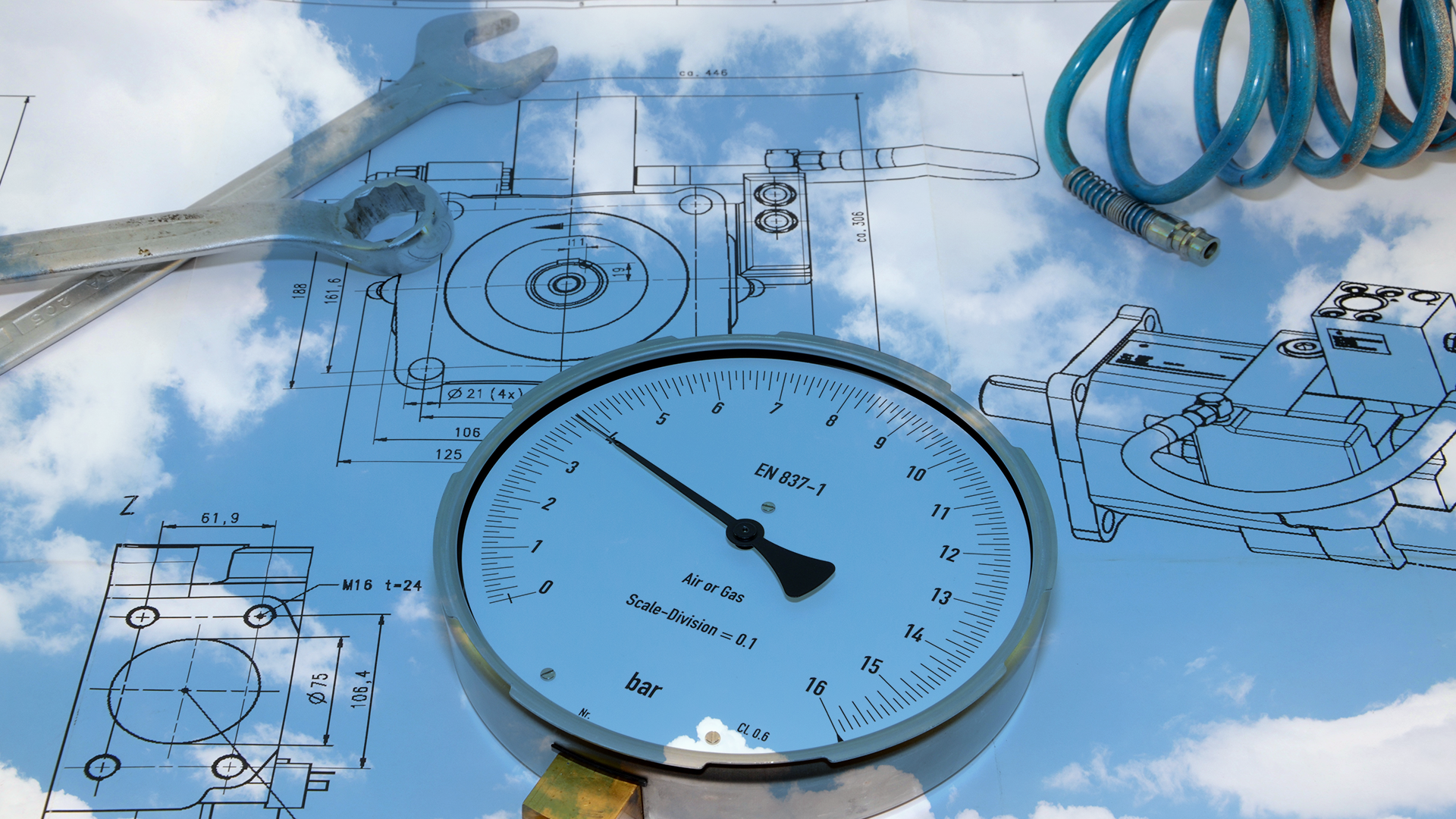Compressed air - why actually?
Compressed air is produced with compressors by compression from the ambient air and is an energy source in industry for driving tools and a medium for production processes. Numerous examples of the use of compressed air can be found here under Applications and Industry Solutions.
As long as compressed air or compressed gas is used as a medium (e.g. transport of powders, spraying of paints, mixing of ingredients) the question of why not arises, because there is no alternative. When driving tools, electric current would actually be the obvious driving force. But electricity poses a considerable safety risk in many working environments: wet floors, high humidity, explosive materials, electric shock. Due to its elasticity, compressed air also has the advantage of variable speeds and torques; in addition, the tools remain cool and do not overheat. For design reasons, pneumatic tools are lighter than electrical appliances and therefore more ergonomic and less stressful in continuous use. They also require less maintenance, but the quality of the compressed air contributes significantly to the service life of the tools.
The ambient air consists of a gas mixture (78 % nitrogen, 21 % oxygen and 1 % different gases). Under normal circumstances, humans are not aware of their ambient air. Air cannot be seen or smelled, and it has no taste. Only by "contaminating" the ambient air with particles, aerosols, moisture and other impurities can humans perceive air. It is precisely these unwanted and not always perceptible components that must be removed or significantly reduced and make compressed air treatment necessary to achieve the optimum compressed air quality (and thus product quality) for the respective application.
Compressed air treatment
The treatment covers the following: cooling, filtration, drying, condensate discharge. Although the energy medium air is available in almost unlimited quantities all over the world, its quality is not the same everywhere. Air differs in the different climatic zones due to different physical influences (e.g. humidity, pollution etc.) in the environment. This must be taken into account for compressed air treatment.

Oil-free and germ-free compressed air
Effective protection against oil entering the compressed air system and process reliability in use with sensitive products such as food and pharmaceutical products – with interaction playing a very important role. Only the perfectly matched interplay between different treatment components guarantees the required compressed air quality. The possible sources of contamination are often underestimated.

Compressed air and energy efficiency
Air and all gases have an important property – they can be compressed. This property and the high degree of availability makes compressed air extremely important for global industry. Compressed air is irreplaceable in many applications. Compressed air is a secondary energy source and always requires external energy, which makes it a cost-intensive medium. Optimisation lowers operating costs by efficient compressed air treatment, requirement-related dimensioning and energy monitoring.
